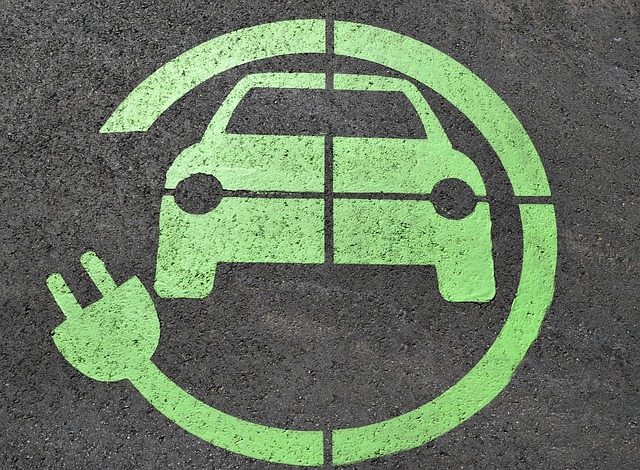
Tesla’s (NASDAQ:TSLA) much publicized Nevada Gigafactory is scheduled for completion next year. As the world’s biggest battery factory (for now), it is estimated to have an annual output of 35 gigawatt-hours (GWh). One GWh is equivalent to consuming producing one billion watts for an hour.
In terms of battery count, the Gigafactory expects to produce ‘more lithium ion batteries annually than were produced worldwide in 2013’. Lithium-ion batteries are what powers most of our smartphones and other electronic devices. Without other viable alternatives, the same kind of batteries will likely be used to power electric vehicles.
As impressive as those figures are, however, and especially considering that they will be achieved by a facility that is powered completely by renewable energy sources, there’s upcoming competition that is bound to eclipse all of it.
According to a report by Bloomberg, through several of its local companies, China is planning to build additional factories with the collective capacity to produce more than 120 GWh a year by 2021. That’s nearly 3.5 times higher than the expected capacity of Tesla’s Gigafactory! Bloomberg New Energy Finance also says it’s enough to power 1.5 million Tesla Model S vehicles or 13.7 million Toyota Prius Plug-in Hybrids annually.
Presently, China already accounts for 55% of global lithium-ion battery production. By 2021, that number is expected to climb to 65%. The U.S., on the other hand, accounts for only 10% of the present global lithium-ion battery production. So it’s really not hard to see that we have a lot of catching up to do.
Tesla is far from being out of the battery race, though. Remember, the Nevada Gigafactory is just the first of its kind, and it certainly won’t be the last. Musk is reportedly planning to announce up to four new factory locations by the end of this year. Incidentally, one of the prospective locations happens to be in China, in the Shanghai region. Which means, if China does reach the 65% output mark, there’s a chance Tesla might actually be part of that number.
There’s also the matter of China having the advantage when it comes to the number of companies that can band together to produce the required battery output. Individually, however, there aren’t many (if any at all) Chinese battery companies that can single-handedly compare with Tesla’s productivity in the category.
Additionally, let’s not forget something fundamental here: the Palo Alto-based company is not really a battery company, it’s a car maker. And batteries, although a major contributor to their revenue, can still be considered as simply complementary to its main business. But in order to sell more of their cars, Tesla needs the capability of supplying the required number of batteries for its massive EV and energy storage growth plans.
Recently, there have been a number of extra-bullish valuations about Tesla, with the latest coming from billionaire investor and one of Tesla’s major shareholders, Ron Baron, who predicts that Tesla share price will surge to $1,000 in 2020. While his forecast does consider the potential contributions of Tesla’s battery business, the main driver of Tesla’s revenue will still be its cars.
So maybe China overtaking Tesla in terms of battery production won’t be so bad. As long as the company is able to meet the demands for their products (including their batteries), regardless of how high that demand gets, they should be able in the long term to do well and be on their way to become the next Apple, or the next Amazon, or simply the world’s most valuable car maker.
- Bulenox: Get 45% to 91% OFF ... Use Discount Code: UNO
- Risk Our Money Not Yours | Get 50% to 90% OFF ... Use Discount Code: MMBVBKSM
Disclaimer: This page contains affiliate links. If you choose to make a purchase after clicking a link, we may receive a commission at no additional cost to you. Thank you for your support!


Nice but batteries are next to impossible to get accepted by airlines and a lot of container carriers aren’t keen on taking these on board either. This is I think the reason that Tesla is building the batteries near the car production facilities.
This article tells me mostly that China is going for EV cars in 4 years, to get rid of their smog I assume, and to supply the other carmakers for their EV cars.
Batteries are not just for EVs, they support solar and wind. With solar and wind now cheaper than fossil fuels, the growth is unlimited for the next decade. The world will support 100 gigafactories.
“Nevada Gigafactory is scheduled for completion next year. ”
China’s will be in 2021, 3.5 years away, so Elon can make three and a half times the worlds production without competition. Seems like China will be chasing the lead forever.